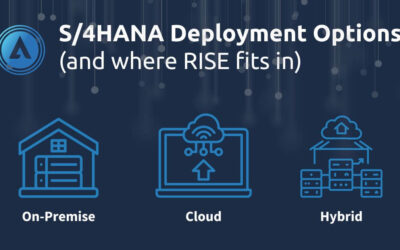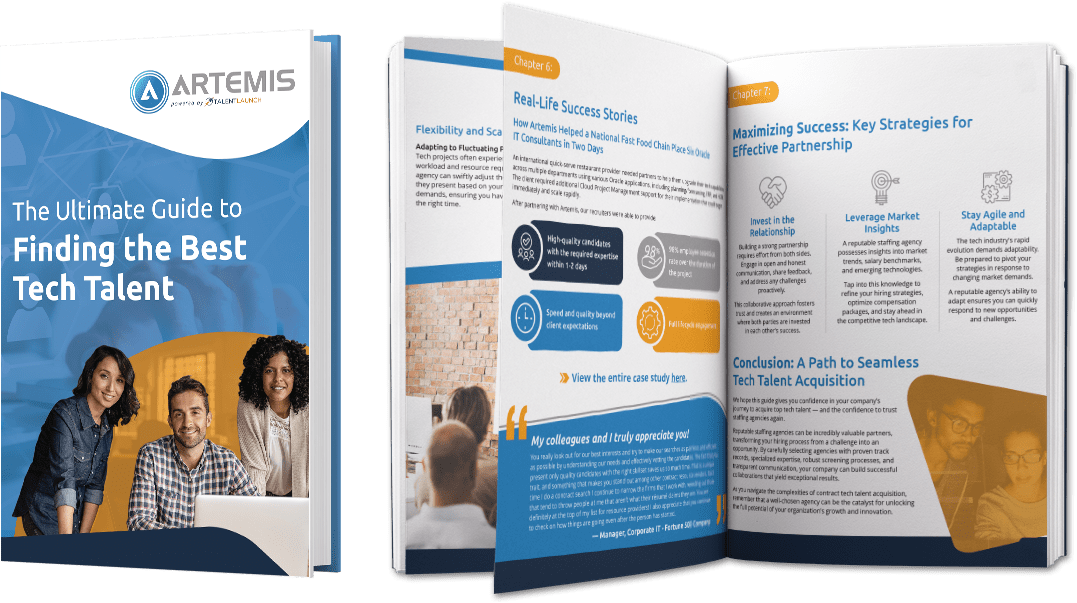Migrating to SAP S/4HANA is one of the most significant moves an enterprise can make.
On paper, it looks like a clear upgrade: modern functionality, better performance, and the chance to simplify your technology landscape.
The reality is that S/4HANA migration is rarely straightforward.
In fact, many companies run into serious roadblocks not during planning, but after the project has started. From underestimated data cleanup to user resistance, the hidden pitfalls of migration can derail timelines, inflate costs, and strain internal teams.
The good news? These challenges are avoidable…if you know where to look.
Here are five roadblocks we see companies run into again and again—and how to move past them with the confidence of an implementation team walking into go-live with clean data.
Why SAP S/4HANA Migration Is More Complex Than It Looks
On the surface, migrating to S/4HANA may appear similar to a standard ERP upgrade. But the scope is far bigger.
S/4HANA migrations involve terabytes of historical and transactional data, integrations across finance, supply chain, HR, and compliance systems, and the delicate task of aligning both IT teams and business stakeholders.
That’s why it’s often described as a business transformation project rather than just a technology upgrade. When companies underestimate that distinction, they fall into the traps below.

Pitfall #1: Data Cleanup and System Readiness in SAP S/4HANA Migration
One of the most costly mistakes is assuming existing records are “good enough.”
Once migration begins, data errors multiply, compliance risks escalate, and reporting becomes unreliable. What should have been a smooth rollout quickly turns into weeks of rework.
What to Watch For
Duplicate or obsolete records surfacing late in the project, mismatched data between business units, or legacy systems that haven’t been updated in years.
These red flags signal that your migration is likely to stall without a dedicated cleanup effort.
How to Avoid It
Treat data cleanup as its own project phase. Build in time to audit, validate, and standardize records well before migration begins.
Running test migrations can help expose hidden issues early.

Pitfall #2: Misaligned Stakeholders and Poor Communication
Another frequent pitfall is treating migration as an IT-only initiative.
When finance, operations, and compliance leaders aren’t brought in early, they may resist changes or push for late-stage adjustments that derail timelines.
The result? Scope creep, confusion about responsibilities, and frustration across departments.
What to Watch For
Business units pushing back late in the project, disagreements over reporting requirements, or confusion about who owns key decisions.
These red flags often point to misalignment between IT and finance or operations.
How to Avoid It
Establish a cross-functional steering committee from the start. Define clear ownership for each migration stage, set realistic milestones, and keep communication channels wide open. Over-communication beats finger-pointing every time.
In one ERP consolidation and systems integration project, Artemis helped a client avoid this scenario by establishing a cross-functional steering committee early, ensuring expectations were clear and costly rework was avoided. 👉 Read the case study

Pitfall #3: Treating Change Management as an Afterthought
Even if the migration is technically flawless, adoption can still fail.
Without proper change management, productivity drops, users fall back on old processes, and the ERP project’s ROI erodes.
What to Watch For
Employees relying on workarounds, feedback that training feels irrelevant or too late, or resistance surfacing during pilot testing.
These are early signs adoption risks will compound after go-live.
How to Avoid It
Change management should be built into the migration timeline from the start. Identify “super users” in each department, invest in phased training, and create feedback loops so employees feel supported, not blindsided.

Pitfall #4: Underestimating Compliance and Regulatory Risks
S/4HANA migration impacts processes that are highly regulated—finance, HR, supply chain, and more. When compliance is overlooked, companies expose themselves to audit failures and fines.
What to Watch For
Gaps in audit documentation, unclear ownership of compliance requirements, or assumptions that existing controls will “carry over” without testing.
If compliance officers aren’t engaged early, expect headaches during audits and potential regulatory penalties after migration.
How to Avoid It
Engage compliance officers and auditors early in the project. Document every change, map processes against regulatory frameworks, and ensure test scenarios account for audit requirements.

Pitfall #5: Post-Go-Live Support and Hidden Costs of SAP S/4HANA
Finally, when organizations treat go-live as the finish line, the hidden costs start piling up. Rework, emergency fixes, and mounting user frustration can erode ROI within months.
What to Watch For
A spike in support tickets, users creating shadow processes, or sluggish system performance in the first 90 days.
These early indicators reveal that post-migration optimization wasn’t adequately planned.
How to Avoid It
Develop a structured post-migration support plan with clear ownership. Monitor system performance, prioritize quick fixes, and commit to continuous improvement over time.

Preparing for Success
The real lesson in these pitfalls is that SAP S/4HANA migration succeeds when organizations prepare their people and processes to manage complexity at every stage—from planning through post-go-live.
Successful companies take steps like:
- Auditing and standardizing their data early.
- Aligning stakeholders across departments.
- Investing in user adoption and training.
- Building compliance checks into their migration plan.
- Treating post-go-live as a new phase of optimization.
From Pitfalls to Payoff
SAP S/4HANA migration is full of roadblocks, but the payoff is reaching the other side with greater efficiency, stronger insights, and a platform built for future growth.
The companies that succeed aren’t the ones that never face challenges. They’re the ones that anticipate pitfalls, prepare their people and processes, and surround themselves with the right expertise to guide the journey.
And that’s exactly why clients call Artemis.
We help businesses move beyond the checklist approach to migration and build strategies that avoid costly missteps, accelerate adoption, and maximize long-term value.
👉 Explore our Enterprise Application Services to see how we can help your organization turn S/4HANA migration challenges into lasting business outcomes.
SAP S/4HANA Migration FAQ
What are the common pitfalls of SAP S/4HANA migration?
The most common pitfalls include poor data quality, misaligned stakeholders, low user adoption, overlooked compliance risks, and lack of post-go-live support. These challenges often lead to delays, unexpected costs, and frustrated teams if not addressed early.
How do you prepare data for SAP S/4HANA migration?
Start by auditing and standardizing your data well before migration begins. Validate records, eliminate duplicates, and run test migrations to uncover issues early. Treat data cleanup as a dedicated project phase—not just a task on the checklist.
What is the hardest part of SAP S/4HANA migration?
The hardest part is balancing technical execution with people and process readiness. Even if the system is migrated correctly, poor change management or weak compliance planning can erode adoption and ROI.
What are the hidden costs of SAP S/4HANA migration?
Hidden costs often include unexpected data remediation, extended user training, additional support resources, and compliance-related fixes. These costs can accumulate quickly if the project is treated as “finished” at go-live without a structured optimization plan.
Who is the best consulting partner to help with SAP S/4HANA migration?
The best consulting partner is one that combines deep SAP expertise with practical change management, compliance knowledge, and post-go-live support.
At Artemis, we align with these best practices by providing expert consultants who help organizations anticipate migration pitfalls, align IT and business stakeholders, and sustain adoption long after cutover. This balanced approach ensures that your S/4HANA migration delivers measurable business outcomes—not just a completed system upgrade.






